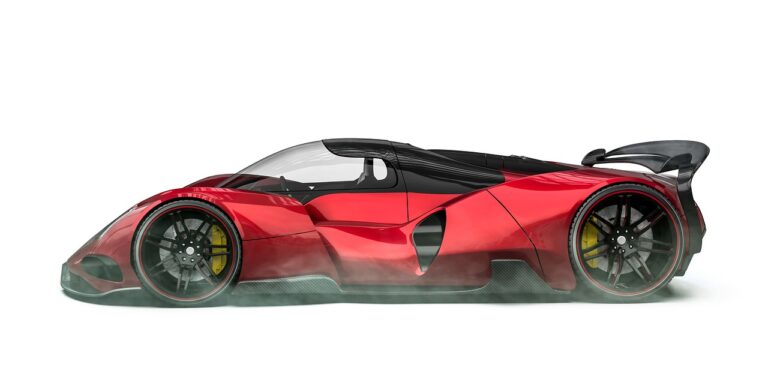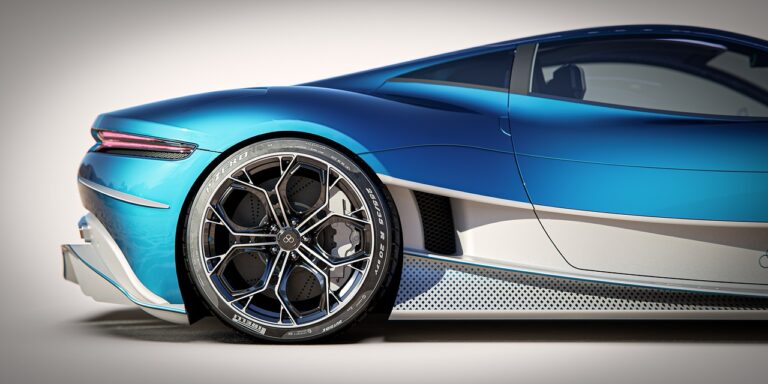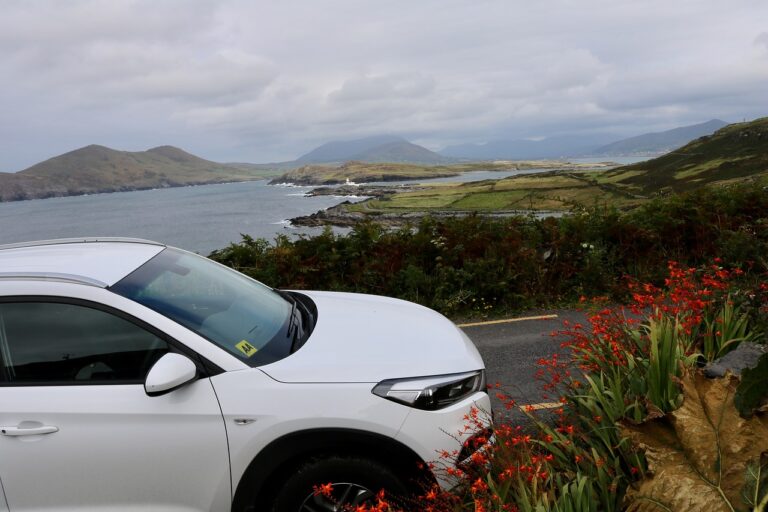The Intersection of Automotive Regulations and Environmental Law: Allpanel mahadev, Lotus 365.fun login, All panel login
allpanel mahadev, lotus 365.fun login, all panel login: Automotive regulations and environmental laws are two critical aspects that intersect in the ever-evolving landscape of the automotive industry. As advancements in technology and environmental awareness continue to shape the way vehicles are designed, manufactured, and operated, it is imperative for automakers to navigate the intricate web of regulations and laws that govern their operations.
The intersection of automotive regulations and environmental law is where compliance meets sustainability. From emissions standards to fuel efficiency requirements, automakers must adhere to a myriad of rules and regulations to ensure that their vehicles are not only safe but also environmentally friendly.
At the heart of this intersection are regulations such as the Clean Air Act and the Corporate Average Fuel Economy (CAFE) standards. These regulations are designed to reduce harmful emissions from vehicles and improve fuel efficiency, ultimately contributing to a cleaner and greener environment.
Automakers must also consider regulations related to electric vehicles (EVs) and autonomous vehicles, both of which are poised to revolutionize the automotive industry. From battery disposal to cybersecurity concerns, automakers must navigate a complex regulatory landscape to ensure that their vehicles meet all legal requirements.
In addition to federal regulations, automakers must also comply with state and local laws that govern everything from emissions testing to recycling programs. The patchwork of regulations at the state and local levels can present a significant challenge for automakers, who must ensure compliance across multiple jurisdictions.
As the automotive industry continues to evolve, so too must the regulatory framework that governs it. Automakers must stay abreast of new regulations and laws that impact their operations, from the design and manufacturing of vehicles to their operation on the road.
In conclusion, the intersection of automotive regulations and environmental law is a complex yet critical aspect of the automotive industry. By navigating this intersection with care and attention to detail, automakers can ensure that their vehicles not only meet legal requirements but also contribute to a cleaner and more sustainable future.
FAQs:
Q: What are some key regulations that automakers must comply with?
A: Some key regulations include the Clean Air Act, CAFE standards, regulations related to electric vehicles, and autonomous vehicle regulations.
Q: How do automakers ensure compliance with regulations across multiple jurisdictions?
A: Automakers must have robust compliance programs in place and stay informed of regulatory developments at the federal, state, and local levels.
Q: How do regulations impact the design and manufacturing of vehicles?
A: Regulations dictate everything from emissions controls to safety features, influencing the design and manufacturing processes of vehicles.







